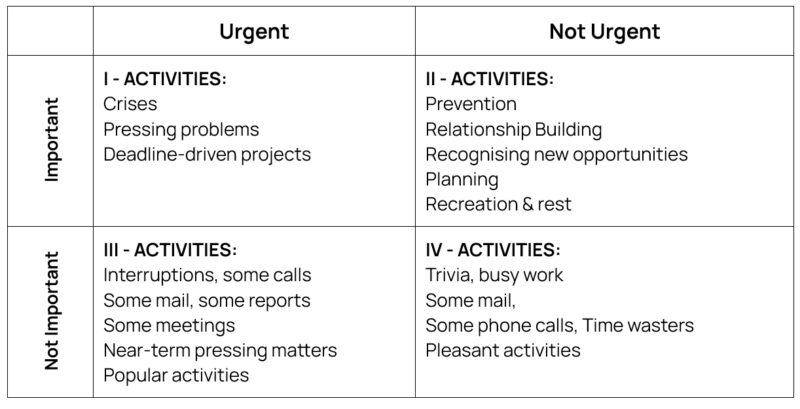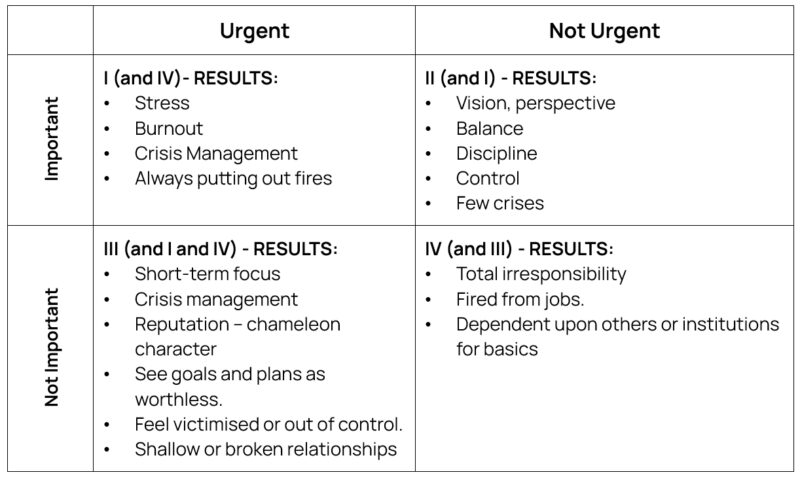How to manage your energy and time to avoid leadership burnout
Leading change is exciting yet potentially overwhelming. Although change is a constant (Heraclitus), it is never the same. Over the past two decades, digital technology has powered business transformation. Driving innovative growth, unlocking efficiencies, and revolutionising our ways of working. Disruption and uncertainty are becoming the norm: Brexit, Covid-19, the war in Ukraine, geopolitics, AI, and climate change. Organisations need to adapt at pace. The change agenda will grow. Yet there are still only 24 hours in a day.
Avoiding burnout.
Delivering change is not an overnight fix. It’s a sustained activity. A marathon, not a sprint. Leaders need resilience to push past obstacles and barriers with an eye on the big-picture outcomes. Enter the change-maker. Someone who relishes the challenge and delivers results. However, this can also mean working for extended hours over long periods in challenging situations leading to burnout – “chronic workplace stress which has not been successfully managed.” (WHO). Leaders need to manage their time and energy to avoid burnout.
Technology, friend, or foe?
Technology is regarded as the productivity paradigm. Or is it a parody? In the opening scenes of Living, a film starring Bill Nighy set in 1950s London, the office recruit is advised, “Your first rule is to keep your skyscraper high. If your skyscraper isn’t very tall, or god forbid you work so fast that you won’t have one at all, people will suspect you of not having anything very important to do.” Seventy years later, nothing has changed; three generations of time management (Covey) have been digitised:
- Gen 1 -Notes and checklists.
- Gen 2 – Calendars and appointment books.
- Gen 3 – Goals setting and daily planning.
Microsoft Office, Google Workspace, Slack and Zoom seek to improve our efficiency. We manage our calendars like a game of Tetris, regardless of the value of the activity. Spending our days in back-to-back meetings and multitasking is second nature. In the background, AI is learning from our habits, good and bad.
Some companies have taken a radical approach to meetings. In February, Bloomberg reported that Shopify had culled 320,000 hours of meetings. The company banned meetings on Wednesdays and recurring meetings with over three people attending. Shopify said that “uninterrupted time is the most precious resource of a craftsperson.”
Relationship and Results – Time Management Matrix
The fourth generation of time management is preserving and enhancing relationships and accomplishing results. In his book, The 7 Habits of Highly Effective People, Covey suggests that “Efficient scheduling and control of time are often counterproductive. Efficiency focus creates expectations that clash with the opportunities to develop rich relationships, to meet human needs, and to enjoy spontaneous moments on a daily basis”. His Time Management Matrix categorises activities as important, not important, and urgent or not urgent. It also warns against spending too much time in box I, III or IV. The results include burnout, feeling victimised and possibly being fired. Whilst all four boxes make up our daily existence, high-performing and resilient change makers will spend around 75% of their time in Box II.


Source: The 7 Habits of Highly Effective People – Stephen Covey
It’s a helpful guide for analysing where you spend most of your time and to the prioritise your to-do list.
Managing your Day – The Power of 3
3:3:3 is a simple model for scheduling important and urgent activities each day. Oliver Burkeman is best known as a productivity guru through his Guardian column; however, he has changed his perspective. In his book, 4000 Weeks, he suggests that we might need to accept that we will never be able to do it all. Rather than an extensive to-do list, he suggests focusing on 3:3:3.
- 3 hours on Important tasks – your big goals, where you need undisturbed quality time.
- 3 Urgent tasks – meetings, emails,
- 3 Admin tasks – things that make the world go around – fitness, shopping, bills.
Get more done with less stress.
Energy and Engagement – Good Time Journal
Managing energy is as important as managing time. When you are “in the zone”, life feels effortless, exciting, immersive, calm, and as if time had stood still. Bill Burnett and Dave Evans, the authors of Designing Your Life, describe flow as an outcome of engagement and energy with an activity. It’s a different experience for everyone. Some activities engage our minds, yet they leave us depleted of energy because of how or where they happened. How we experience life is a combination of factors, including our environment, behaviours, capabilities, values and beliefs, sense of identity and purpose.
To find out what works for us, Burnett and Evans recommend using the Good Time Journal (activity log template) for three weeks, logging your experience at the end of each day. Then, at the end of each week, reflect using AEIOU. The pneumonic AEIOU helps us to explore what affects our motivation.
- Activities – what were you doing?
- Environment – where were you?
- Interactions – between who and what and how?
- Objects – were any objects involved?
- Users – who else was there?
Improving energy and engagement might be as simple as being active rather than passive in a different room, with fewer people employing active listening.
Awareness and agency
A mindful agency can help leaders avoid burnout. In the face of unprecedented uncertainty and complexity, where organisations need to transform to survive and thrive, leaders who develop resilient mindsets, focus on what is important but not (yet) urgent for three hours a day, nurture their flow to improve energy and engagement, will build relationships and deliver results with less overwhelm and avoid burnout.